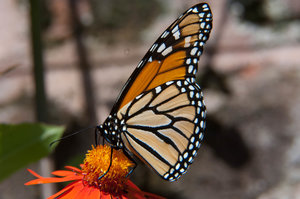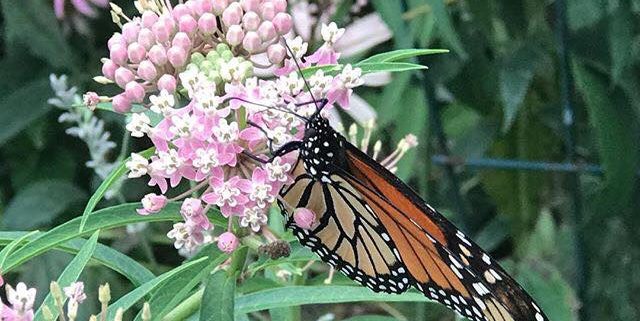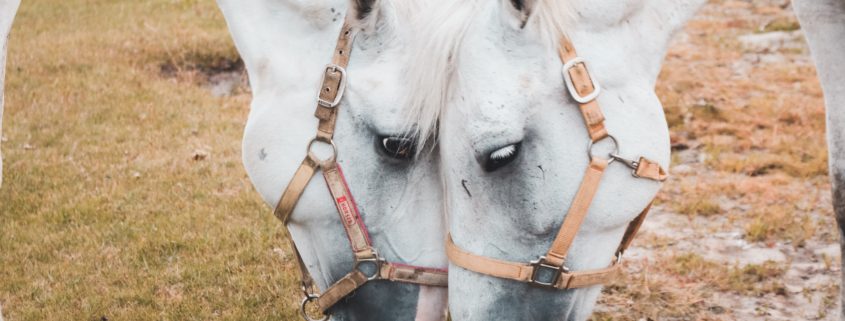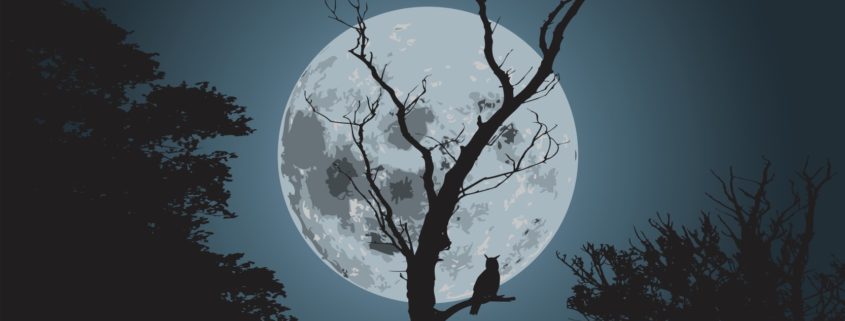Habitat Network, Citizen Science talk, October 4th
Green Spring Gardens
4603 Green Spring Road, Alexandria, VA 22312
Thursday, 4 October 2018
7:30 – 9 pm
Meet Megan Whatton and learn about her work with Habitat Network, which is creating a movement to transform yards and urban landscapes to functional diverse habitat to support wildlife and connect people to nature in communities around the world. It is a collaboration between The Nature Conservancy and Cornell Lab of Ornithology. The Network is powered by YardMap, a citizen science mapping tool used to capture data about ecologically relevant practices and to search for local information when planning for and improving a yard, school, or other greenspace.
Megan is the Habitat Network Project Manager for The Nature

Conservancy, where she works with scientists, partners, private landowners, citizen scientists and volunteers to re-imagine their properties and urban properties as habitat for the benefit of wildlife and people. Megan has an M.S. Degree in Environmental Science and Policy from George Mason University.
Sponsored by the Virginia Native Plant Society (VNPS). All VNPS programs are free and open to the public. Continuing education credit for master naturalists!


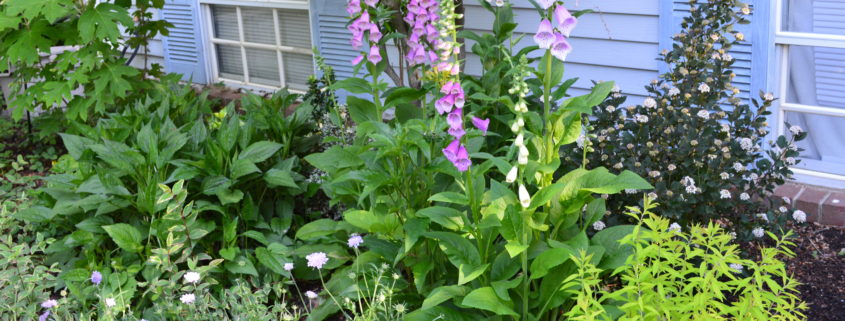
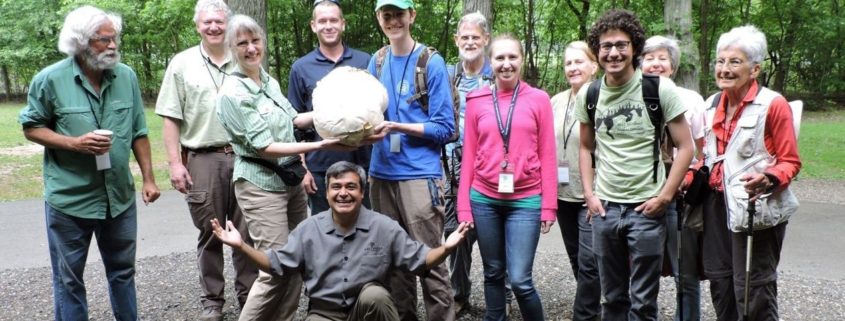

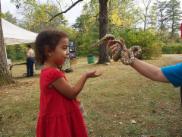 and reptiles. Arts and crafts and fun for the whole family will be included! The event is co-sponsored by The
and reptiles. Arts and crafts and fun for the whole family will be included! The event is co-sponsored by The 